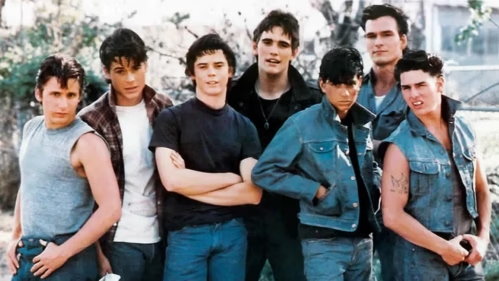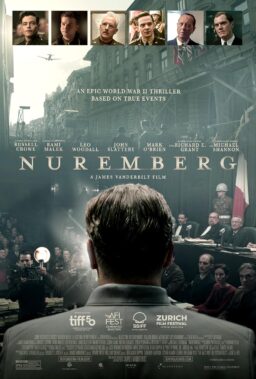We’re proud to present an excerpt from That Very Witch: Fear, Feminism, and the American Witch Film by Payton McCarty-Simas, which is now available. Find the synopsis below, followed by the excerpt.
That Very Witch explores the cyclical rise and fall of the cinematic witch in American culture and her relationship to feminist movements over time.
Through historical analysis and dozens of case studies, Payton McCarty-Simas demonstrates how the cinematic witch’s evolution across decades reflects major shifts in how feminism is perceived politically and interpreted (counter-)culturally in America. From Mia Farrow to the Moral Majority, from the Satanic Panic to Riot Grrrl, from #MeToo to the 2024 election, the witch can be found at the heart of the zeitgeist. What can we learn from her presence?
Ira Levin began researching his tale of demonic pregnancy in 1965, (rather casually deciding he was “stuck with Satan” because “ETs had already fathered children in The Midwich Cuckoos”) serving as an inadvertent chronicler of the not-yet-blooming occult revival of the era. He published Rosemary’s Baby at the perfect moment to capture the zeitgeist. Passages from the book ran in womenʼs magazines like Cosmopolitan as mysteries of the month, prompting credulous replies from readers in the following monthʼs “Dear Cosmopolitan” section: “Ira Levin certainly has a wild imagination”, writes one, “and he makes me wonder— could it be?” Meanwhile, immediately below her, the self-described “chief warlock of the Central Chicago Coven” writes in to complain that witchcraft “is a religion just like any other but we have a tough public relations job ahead. To set the record straight… we donʼt worship Satan.” For that monthʼs readers of Cosmo at least, unlike the film critics of the early ʼ60s, witches certainly could be—there they were, writing to the editor.
In many ways, Rosemaryʼs Baby serves as both the start and the pinnacle of the American occult revival on film, imprinting itself onto our collective unconscious. It became an inescapable shadow and point of comparison for every major witch film to come, while simultaneously using the witch films of the past as a central point of reference, making it an all-encompassing Ur-text for the genre. The story (full of lapsed-Catholicism, infernal pregnancy, and dead Kennedys) is likely a familiar one to most readers…
Rosemaryʼs story also wrenchingly plays out fears surrounding one of the central feminist issues of the moment: abortion. Both the novel and the film, released amidst raging debates over a womanʼs right to bodily autonomy, depicts the consequences of a womanʼs body outside of her control in cosmic terms, with sympathy rather than scorn, even as Rosemary herself rejects the possibility of an abortion outright due to her Catholic upbringing. As Levin wrote his novel in New York in 1966, NOW (the National Organization for Women) had just founded its first chapters, beginning its advocacy for birth control, sex education, and abortion reform. At that time, an estimated one million women received abortions illegally in the United States each year—5,000 to 10,000 of whom died from botched procedures.
By the bookʼs release, other organizations within radical feminist groups had sprung up around the country helping women gain access to safe illegal abortions. Colorado decriminalized the procedure that year, unleashing a wave of protest from Catholics. Rosemaryʼs physically and psychologically anguished pregnancy played out the reality that American womenʼs bodies were, in fact, not their own in a period when spousal rapes like Rosemaryʼs were legal in the US and abortions were not. Most of the storyʼs horror is domestic, stemming from dinners and doctors and marital fights. The eerie control the men in her life have over her vulnerable body only compounds her feeling of helplessness when obvious signs of danger are waved away as normal. Her satanic doctorʼs paternalistic credo, “donʼt read books”, echoed the plain reality that access to information around a range of options for dealing with complex pregnancies was being contested in court, where rape cases had to be corroborated by eye-witness testimony, in school, where sex education was under fire from the likes of the John Birch Society, and in Church, where abortion and birth control were explicitly forbidden. The battle for Americaʼs spirituality plays out in Rosemaryʼs obstetricianʼs waiting room whether she likes it or not: Timeʼs famous “Is God Dead?” issue sits at her elbow. She skips to the entertainment section.











